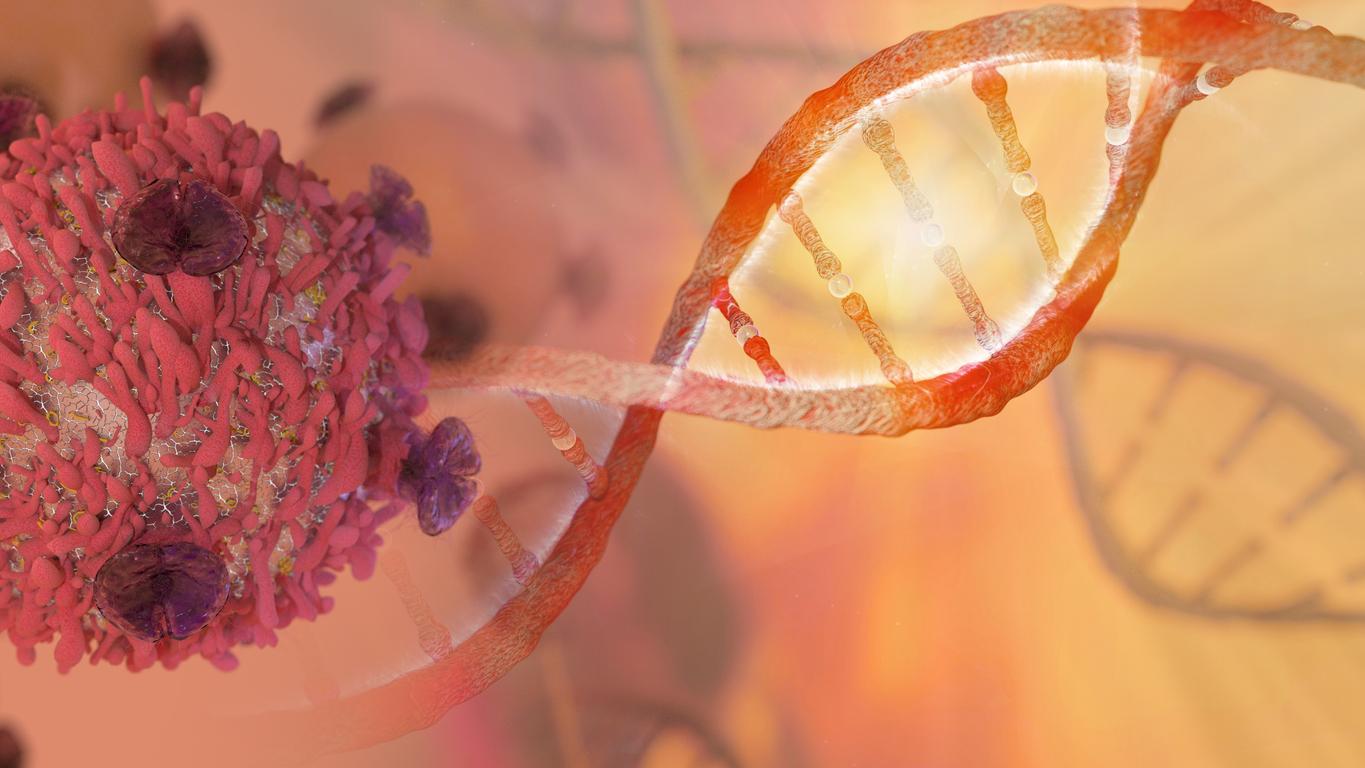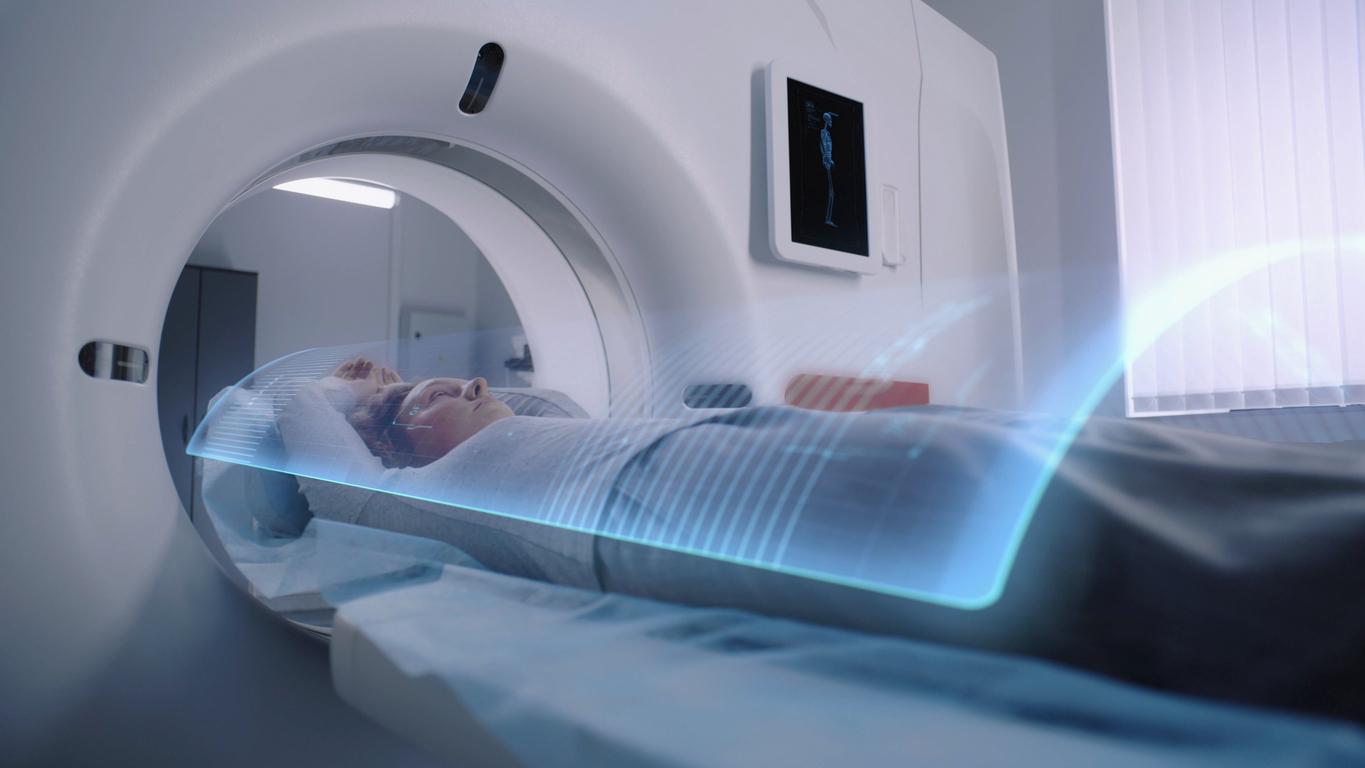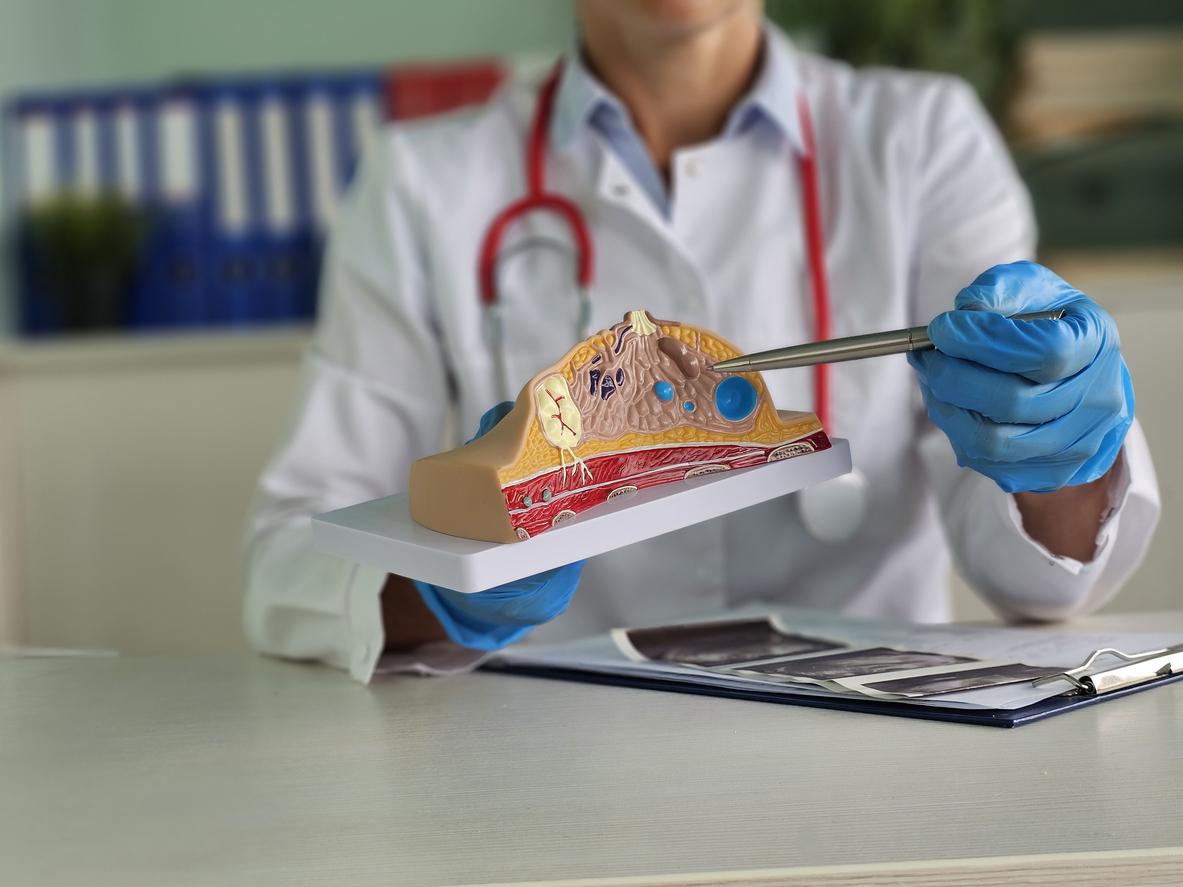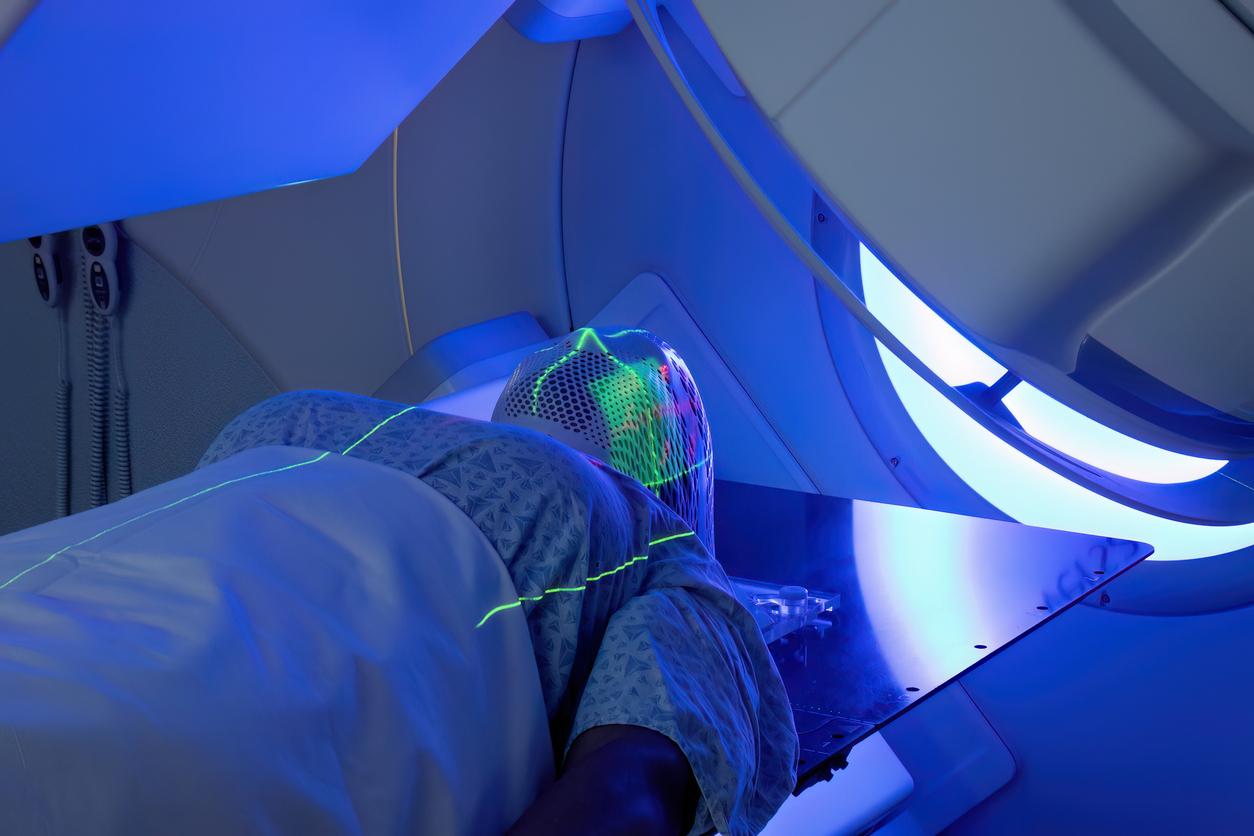The food of laboratory rats could distort the results of certain experiments carried out on them. This is the case with tests for placing GMOs on the market.
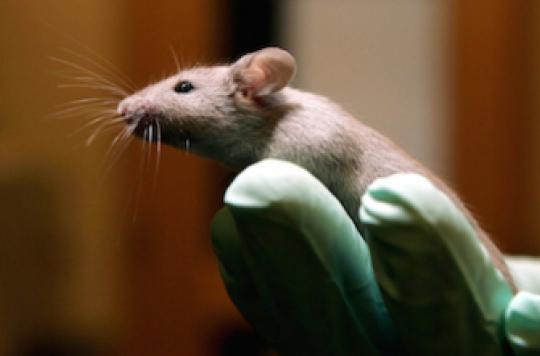
The new study by researcher Gilles-Eric Séralini should again be controversial. In 2012, with his team from the University of Caen, he questioned certain tests carried out on laboratory rats to assess the toxicity of chemicals and GMOs placed on the market. In fact, he had demonstrated that the control rats developed tumors, in the same way as the rats subjected to the products.
The works published this Thursday in the magazine Plos One are trying to explain this phenomenon, Gilles-Eric Séralini assuring that the tests for the marketing of chemicals, based on the observation of these laboratory rats, were biased, because of their diet.
Dry food analysis
The team looked at 13 samples of kibble, intended for feeding laboratory rats. Analysis of this food reveals that it contains numerous toxic products, which could explain the appearance of tumors, both in the control rats and in the rats subjected to the tests.
In addition to 262 pesticides that have been identified in the kibbles, the researchers have shown that they contain traces of GMOs and carcinogenic chemical components. Such substances, in quantities very clearly greater than the acceptable daily doses in human food, are therefore likely to “cause serious pathologies and disrupt the hormonal or nervous system of animals”, the team concludes.
Possible false results
The 2012 work of Prof. Gilles-Eric Séralini had been disputed, several experts claiming that the rats’ diet was not in question, but that the type of rat studied was genetically predisposed to developing cancer. According to them, the tumors are therefore not linked to the environment in which the rats evolve, and the link with the food they eat would be complex to establish.
However, these new results are not to be taken lightly. Because if Professor Gilles-Eric Séralini is telling the truth, a large number of the tests that were carried out before putting potentially toxic products on the market could be falsified. For the professor, the urgency is therefore to put in place new practices in the laboratories, with a better controlled and non-toxic diet for rats.
.













